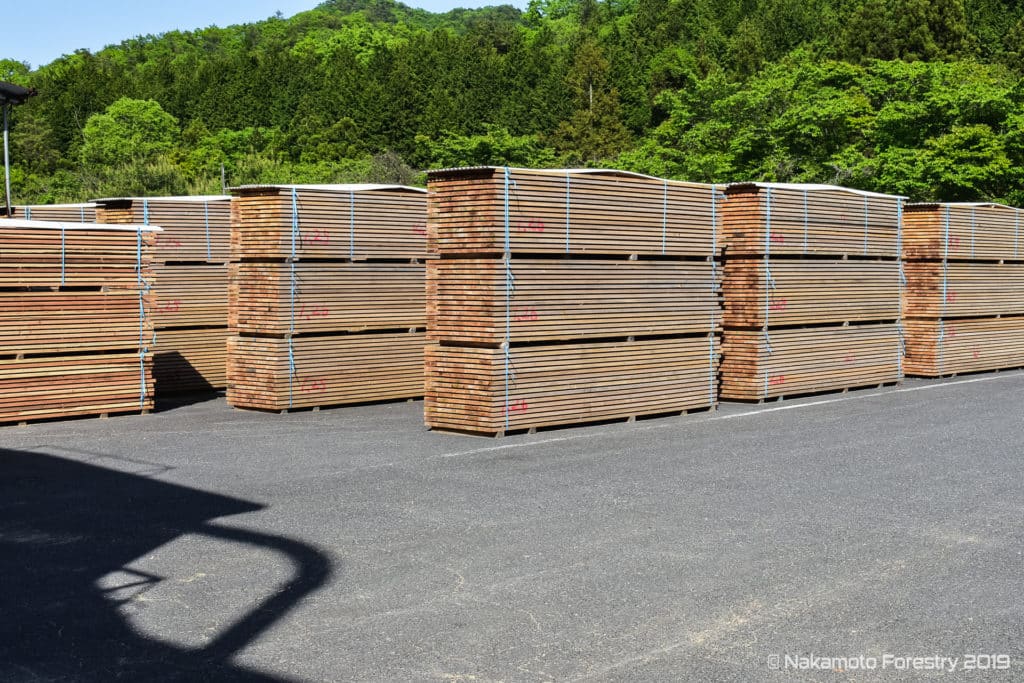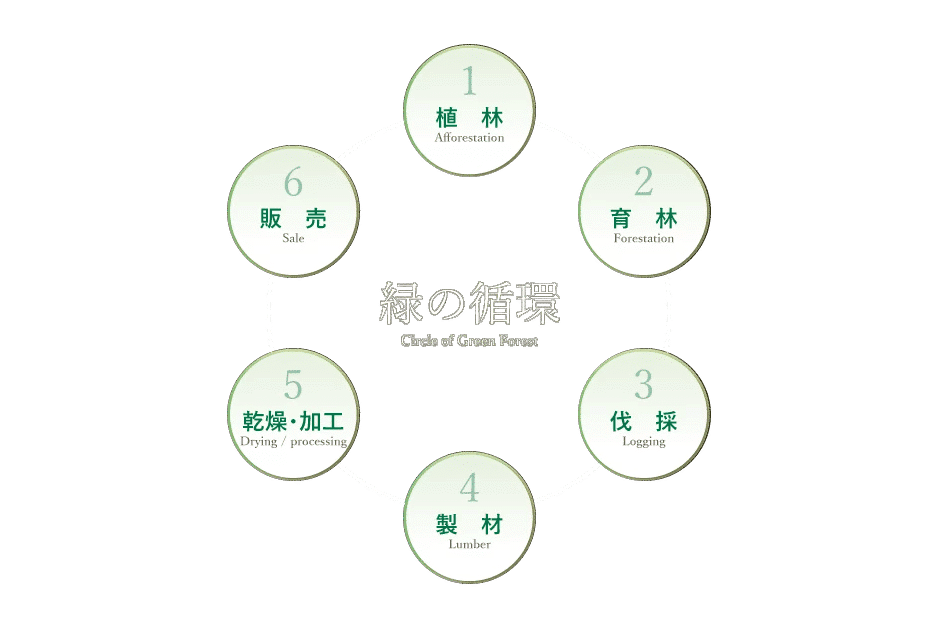The meaning of "Sugi" in Yakisugi / Shou Sugi Ban
The meaning of "Sugi" in Yakisugi / Shou Sugi Ban

Martin Gottschlich
Beautifully charred cladding boards, produced according to ancient tradition – what are they made of and what do the terms describing them mean?
You probably may already know, but we are Nakamoto Forestry, the primary producer of Yakisugi-ita or Shou Sugi Ban, one of the longest-lasting and most gorgeous building materials on earth.
The “sugi” in “Yakisugi” and “Shou Sugi Ban” is a species of tree
Cryptomeria japonica, also commonly referred to as Japanese Cedar or Japanese Cypress, is actually a monotypic genus in the cypress family. Native to Japan, where it covers much of the mountainous country, it’s primarily managed and harvested for timber. The entire country was replanted post-war, and the Japanese timber industry is larger than most westerners realize. There are still a few old growth stands with trees over 2 000 years old, the most famous being Yaku-shima, an island off the southern tip of Kyushu.

What Makes Cypress Durable?
haSugi trees grow straight and fast, up to about 60 metres tall when mature. The wood is fragrant, naturally rot and insect resistant, and does not easily mildew or stain blue (i.e. blue mildew stain which is why many species such as pine are generally painted and not oiled if used for cladding at all), due to a very high tannin content. The bark is soft and fibrous, and the tiny, needle-shaped leaves grow radially from each twig.
The harder, summer growth rings (“late wood”) are thicker than with cedar or larch or many other species, which is critical for our heat treatment process. With many other trees, the soot will erode off almost immediately since it’s so soft, whereas cypress produces a more substantial soot layer that lasts decades without maintenance. Sugi has a Janka hardness ranging from 320–350 and is used for all types of construction applications, ranging from framing, to flooring, to wall cladding, to roof decking, to shingles.
Responsible forest management
Nakamoto Principles for Sustainable Forest Management

 EU (English)
EU (English) DE (Deutsch)
DE (Deutsch) FR (Français)
FR (Français) UK (English)
UK (English)


